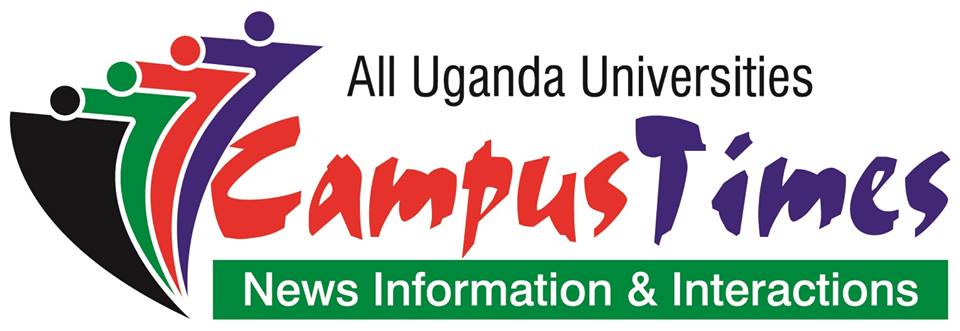Hollywood may have a long and storied tradition of visionary directors coming to blows with meddling producers, but Ralph Bakshi would like to make clear he’s not part of it. “I never punched Frank Mancuso Jr,” says the 83-year-old pioneer of independent animation, speaking over the phone from his home “on top of a mountain” in New Mexico. “That was just a rumour. I yelled at him a couple of times, but that wasn’t his fault. I like Frank. I never punched him. Can you set that straight?”Thirty years ago, the joint forces of Bakshi and Mancuso Jr were responsible for unleashing Cool World into cinemas. It was a wild, weird and subversive blend of live action and animation about an underground cartoonist who has sex with one of his own creations and causes all hell to break loose. Released four years after the runaway success of Who Framed Roger Rabbit, its cast list including Brad Pitt, Kim Basinger and Gabriel Byrne, Cool World set out to shock and titillate a more adult audience. “It’s like Roger Rabbit on acid,” Pitt told Details magazine in 1992. “It’s much more twisted. It’s got an underground comic-book feel.” Blighted by a pained production and incompatible competing visions, the film never quite lived up to that promise. It received a critical mauling, with Roger Ebert calling it “a surprisingly incompetent film” and reviews aggregator Rotten Tomatoes totting up a measly average score of just 4 per cent. At the box office, Cool World sank like a cartoon anchor, making back just half of its $28m budget.For Bakshi, that was the moment he knew his time in Hollywood was over. His career had begun two decades earlier in 1972 with Fritz the Cat, the first X-rated cartoon film in history. Based on the underground comic strip by Robert Crumb, Fritz tells the tale of a womanising, pot-smoking alley cat who drops out of college, inadvertently starts a race riot and winds up as a leftist revolutionary. The film was a huge success, grossing $90m against a budget of just $700,000, and it revolutionised the Disney-dominated world of animation. Fritz’s transgressive antics went on to influence and inspire generations of cartoons for grown-ups such as The Simpsons, South Park and Rick and Morty. “The great thing about Fritz, to my mind, was that it was the total destruction of what everyone thought animation was,” says Bakshi. “It was about reality, as opposed to fantasy. We were using animation as an art form.”
The success of Fritz allowed Bakshi to spend most of his career running his own studio, Bakshi Productions, which saw him create groundbreaking animated films like 1973’s semi-autobiographical Heavy Traffic and his 1978 version of The Lord of the Rings, the first time the epic books were adapted for the screen. Bakshi’s version featured the vocal talents of John Hurt and C-3PO actor Anthony Daniels, and was credited as a key visual influence on Peter Jackson’s eventual live action films.
When it came to Cool World, however, Bakshi decided it was about time he got into bed with a major studio. “I went to Paramount to become a big shot director,” he explains with a self-deprecating laugh. “I wanted to get the big money, like the big guys. [Francis Ford] Coppola was my friend, [Martin] Scorsese was my friend, and these guys were getting millions while I was getting a million for an entire picture. I wanted what they had, but I’d totally forgotten that I was an artist, and I totally took for granted how wonderful [being independent] really was.”

